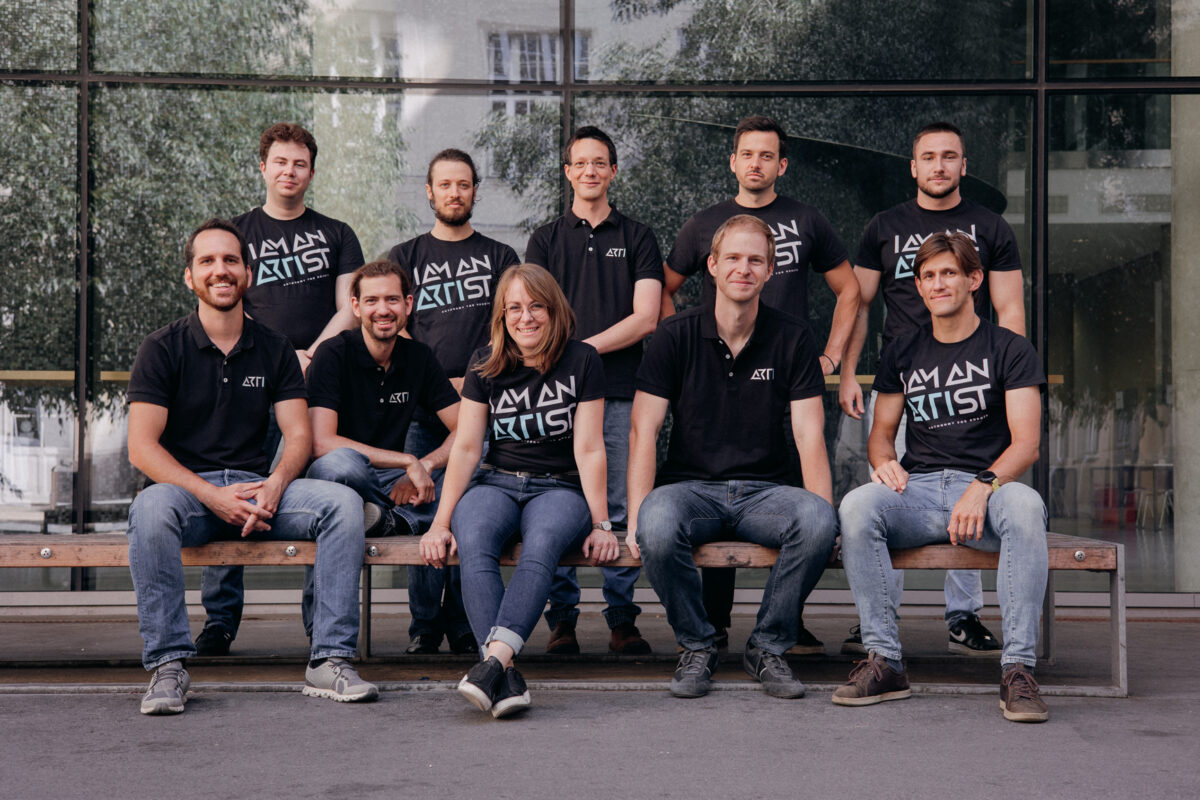A server-side AI kit is being worked on as part of the YLVI project. This application should enable the user to define driving areas and routes independently on satellite images in a web interface. A server checks the user input, the information about the use case and the information from the satellite images to determine whether the defined driving area is suitable or whether the desired route can be followed (e.g. uniform ground, no obvious obstacles) and then releases the necessary information for route execution to the individual robot. In addition, the YLVI project incorporates RTK-enhanced positioning to provide a better "plug-and-play" experience for the user.
USP
YLVI, the server-side AI kit being developed as part of the project, offers the same USPs as the other ARTI AI kits. In detail, this means the modular structure, which ensures tailor-made solutions, the software's high flexibility, enabling it to be used in various environments, the rapid adaptability to the respective application, and the independence from specific hardware specifications (hardware-agnostic).
Target market
Roughly speaking, the result of the YLVI project can be used wherever autonomous mobile robots are to be deployed directly by users in outdoor environments. No support by robotics software experts should be necessary. The application area is accordingly large and includes agriculture, transportation, civil defense, but also special materials such as large-scale landscape printing.
Space connection
In the current project, YLVI, the outdoor application will be further developed toward better and faster usability and customer friendliness. The project builds on space technology assets such as satellite images and earth observation data, e.g. from the freely accessible Copernicus program. In addition, for more precise positioning of the autonomous vehicle, the real-time kinematics method will be applied (GNSS data correction data by the base station), which obtains GNSS information from Galileo or GPS, among others.
